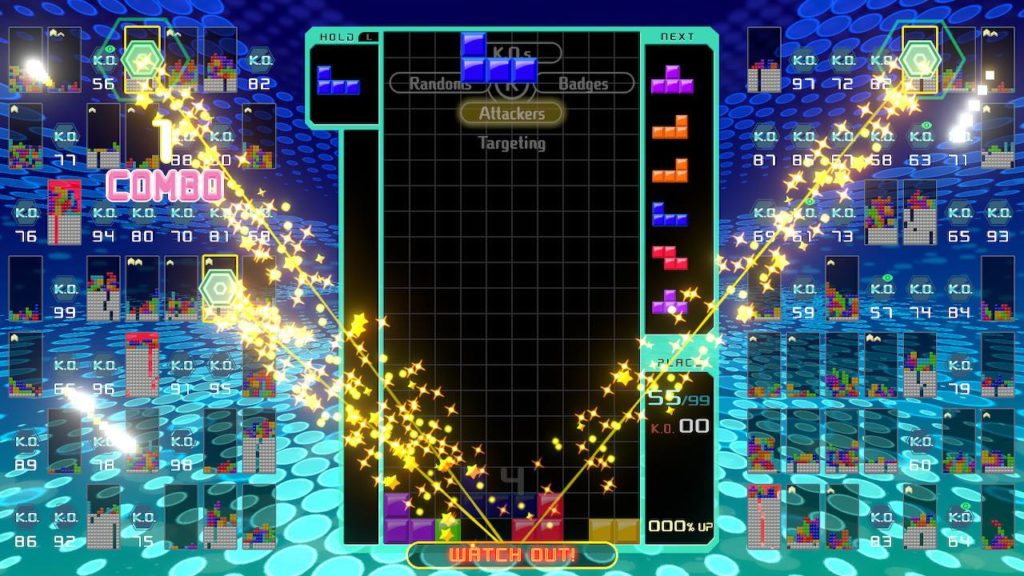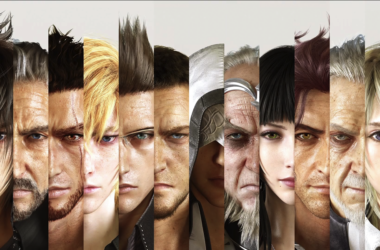M.A.G. was a one-of-a-kind shooter on the PlayStation 3. Where other games were content with 16- or 32-player skirmishes, M.A.G. figured that 2561 players in the same game would be a massive step up2. It didn’t do that well, and massive player counts in multiplayer games were relegated to MMOs, themselves an increasingly niche genre.
PUBG revived the idea in 2017, with a slightly more modest 100-player “battle royale” that, against odds given the learning curve and its military sandbox roots, became really popular really quickly. 2018 saw the meteoric rise of Fortnite, which somehow got even more popular, and as of me writing this in 2019, a new entrant has arrived in the form of Apex Legends. “Battle Royale”—pitting 100 players in the same game with a single winner—has become a real genre in gaming.
Then there’s Tetris 99, which mashes together the classic puzzler with the freneticism of competing against 99 other people.
Turns out, I don’t really have the time or inclination to get into multiplayer shooters nowadays. Tetris, though, is timeless. The many hours that I put into the definitive Tetris DS still translate beyond a singular opponent, with an additional layer of strategy on who to target, when. And though the game itself is pretty barebones on multiple fronts—basic presentation, non-existent matchmaking, a single mode centered around classic Tetris—there’s an added satisfaction in prevailing against increased3 competition. The game smartly creates a sense of accomplishment with successive smaller pools of players: the music and speed change with half of the players eliminated, and is then doubly cranked up when it gets down to 10 players remaining.
Of all the puzzle games that could have tried to incorporate elements of battle royale into the core gameplay, working with Tetris was a natural choice. A lot of people already know how to play Tetris in their sleep—literally—and in fact due to that familiarity and timelessness, multiplayer Tetris has already expanded from 2- to 4- to 8-players. At the same time, much like other battle royale games, Tetris 99 does the game design jujitsu of simultaneously presenting a lot of competition, but not allowing the sheer numbers overwhelm the player. As you can only target a handful of nameless players to send your attack blocks at any given time, a match plays out as a series of mini-skirmishes.
At this point, with Tetris 99 showing that seemingly absurd juxtapositions of battle royale mechanics is possible, it’s inevitable that more developers will try to take other game genres and make them massively multiplayer. Multiplayer games live and die by the engagement of their player base, and battle royale games need a ton of active player count at all times to make getting into matches possible. Thus, to maximize player base, many of these games will be free and monetize through cosmetics4. Unlike many of their free mobile gaming brethren, however, these games will attract gamers who place a premium on competitive balance, and in some ways bridge the gap between a Call of Duty and a Candy Crush in execution.
And so the gaming industry evolves.
28, naturally.↩
The name literally stands for “Massive Action Game”.↩
Well, quantitatively.↩
Which is still pretty damned profitable.↩




